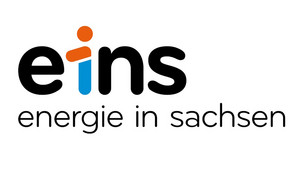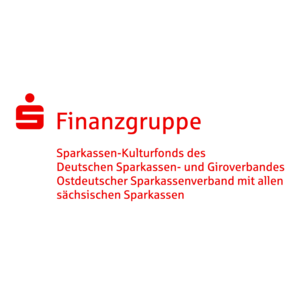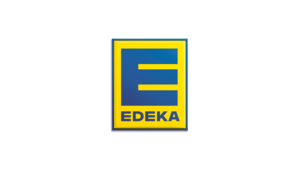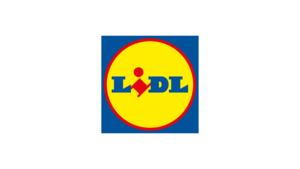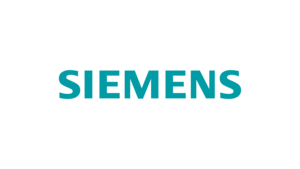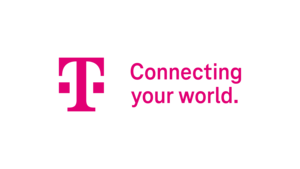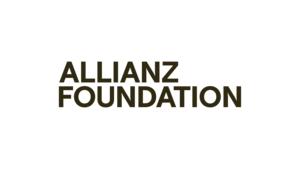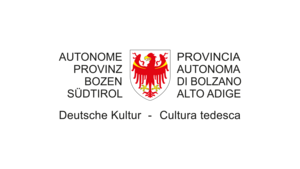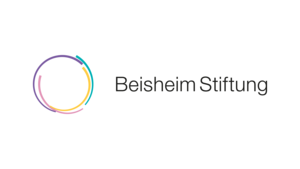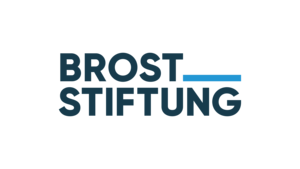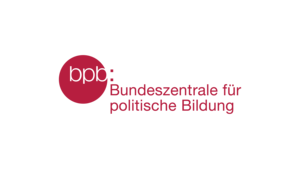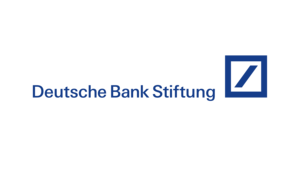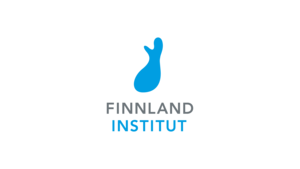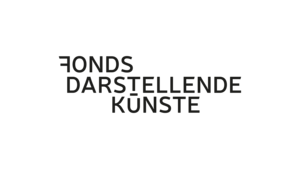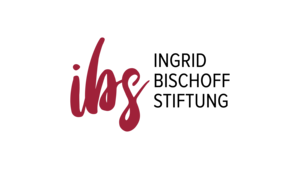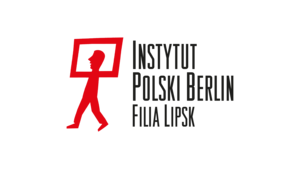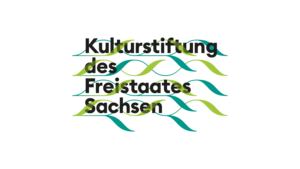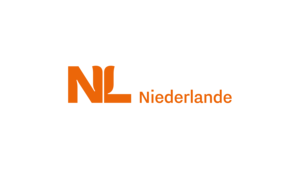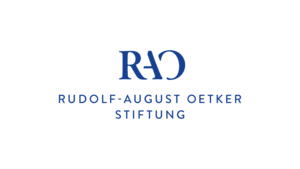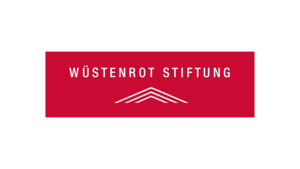Today, the European Capitals and Regions of Culture 2024 officially handed over their titles to the European Capitals of Culture 2025. Bad Ischl Salzkammergut (Austria), Bodø (Norway) and Tartu (Estonia) passed on the title to the European Capitals of Culture 2025: Chemnitz (Germany) and Nova Gorica/Gorizia on the Slovenian-Italian border at a ceremony in Bad Ischl.
European Capitals of Culture have been designated for a common future since 1985, when Athens was chosen as the first European Capital of Culture on the initiative of Melina Mercouri and Jack Lang. Since then, more than 60 cities across the European Union and beyond have been honoured with this title - with the aim of highlighting European cultures and bringing people, cities and countries together through art and culture, thus helping to strengthen Europe. The freedom of art is enshrined as a fundamental right and the pillars of the European way of life are celebrated in this way every year.
We live in a time when democratic and pro-European forces require a concentration of social action. European Capitals of Culture symbolise a spirit of cooperation and an appreciation of diversity, both of which are the foundations that make a society strong and resilient. However, they also symbolise the achievement of our democratic society to develop from time-honoured traditions into an open society. Art is an elementary motor for diversity, reflection, visionary action and the guarantee that the culture of remembrance is lived in the present and builds the future.
UNITY - The Flame
The annual official handover and European history are symbolised by the sculpture UNITY - The Flame. The sculpture was created by the Luxembourg designer Pascale Seil ("Made by Seil"). The shape of the flame stands for strength and infinity, the material glass for transparency and lightness, the colours for diversity and cohesion: UNITY for Europe. The sculpture is based on a story from Greek mythology: the abduction of King Agenor's daughter, the Phoenician maiden Europa, to whom the continent owes its name. Europa beguiled Zeus with her impressive beauty and grace. To escape the wrath of his wife Hera, he transformed himself into a white bull and abducted Europa to the island of Crete, where he revealed his true identity and impregnated her. Europa gave birth to Minos, who was to become king of Crete. The horns of the "bull" symbolise power; the circle bearing the bull's horns stands for arbitrariness and infinity. The sculpture consists of 47 layers of coloured glass, each representing a European country. The colours of Europe - blue and yellow (gold) - dominate. The history, shapes and colours of all these different layers symbolise Europe as a unified body made up of individual identities and characteristics.
Georg Häusler, Director for Culture, Creativity and Sport in the European Commission's Directorate-General for Education, Youth, Sport and Culture, said: "The handover events between outgoing and new European Capitals of Culture are becoming a regular event in the ECoC calendar. They emphasise the bond, cooperation and solidarity between the European Capitals of Culture. I would like to congratulate Bad Ischl-Salzkammergut, Tartu and Bodø on their outstanding title year 2024 and wish Chemnitz and Nova Gorica every success for 2025. Next year will be a special milestone for the European Capitals of Culture as the initiative celebrates its 40th anniversary. Over the years, the European Capitals of Culture have provided opportunities for Europeans to come together and discover our continent's cultural diversity and shared democratic traditions."
Dagmar Ruscheinsky, Mayor of Culture of the City of Chemnitz: "In these days and weeks, we are full of excited anticipation for our time as European Capital of Culture. On the way there, we have learnt to look at our city of Chemnitz from different perspectives. We have brought cultural treasures out of the shadows, found new ways of engaging in dialogue with and about art, rediscovered and revived forgotten places. But we also want to continue with our self-image as European Capital of Culture in the coming years and have developed a strategy that will carry the legacy of Chemnitz 2025 into the future."
Andrea Pier, Commercial Director of the European Capital of Culture Chemnitz 2025 gGmbH: " In 2025, we will be celebrating the 40th anniversary of this unique European project with the European Capitals of Culture Chemnitz and Nova Gorica. Just as we are now taking over from Bad Ischl / Salzkammergut, Tartu and Bodø, countless people have worked together in European Capitals of Culture over the past four decades, networked, learnt from each other and shown how European cooperation works in a very real and low-threshold way. The activities of the European Capitals of Culture are proof that cultural exchange strengthens mutual understanding, builds bridges and creates space for shared visions of the future."
Stefan Schmidtke, Managing Director Programme, European Capital of Culture Chemnitz 2025: "Many people in Chemnitz are very impressed by the diverse and inspiring programmes of the three European Capitals of Culture 2024. This is how European cooperation works for many people. A direct experience! European Capitals of Culture showcase unifying and powerful culture. Chemnitz, together with Nova Gorica, is delighted to accept the symbolic baton and look forward to enriching Europe with new perspectives and stories and celebrating European diversity in the coming year."


